You will only get 16A through the 16A cable. The cable itself has a resistor (220 ohms for 32A, 680 ohms for 16A) connected between PE and PP, which tells the supplying side the current limit for the cable. The resulting charging current is decided by the lowest one of the outlet, the cable and the car. So a 16A cable used to charge a Soul EV from a 32A outlet will itself limit the current to 16A, even if the other parties support 32A.JejuSoul said:-
It is possible to use either cable on both cars.I haven't collected the torque data yet, but the obvious difference is that the 16A cable gets quite hot, if you use it on the Soul at 32A.
You are using an out of date browser. It may not display this or other websites correctly.
You should upgrade or use an alternative browser.
You should upgrade or use an alternative browser.
Comparing BMS data on the Soul EV with the Ray EV
- Thread starter JejuSoul
- Start date

Help Support Kia Soul EV Forum:
This site may earn a commission from merchant affiliate
links, including eBay, Amazon, and others.
-
Here is the connector at the end of the 16A cable.

Am currently using the 16A cable above to charge my Soul EV.
It is charging at 31.6A with 83.7 efficiency.
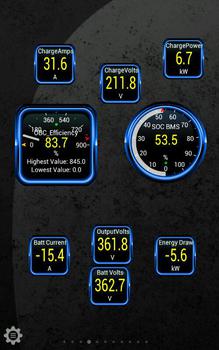
I just changed the cable to a 32A cable and am continuing to charge
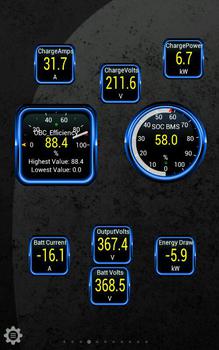
Note the difference in efficiency. The 16A cable is 5% worse.
It loses energy heating up the cable. Even after only 10 minutes the 16A cable is warm when I unplug it.
Here is the connector at the end of the 16A cable.

Am currently using the 16A cable above to charge my Soul EV.
It is charging at 31.6A with 83.7 efficiency.

I just changed the cable to a 32A cable and am continuing to charge

Note the difference in efficiency. The 16A cable is 5% worse.
It loses energy heating up the cable. Even after only 10 minutes the 16A cable is warm when I unplug it.
.
Either the cable or the Type2 power outlet must be failing in providing the security it should. Can you check the resistance between PP and PE on the Type2 connector of the 16A cable. If it's around 680 ohms then the cable should be ok, but the outlet is ignoring the cable restriction. If it's 220 ohms the cable is bad.
The whole purpose of the PP/CP arrangement is to provide this type of checks to ensure safe operation.

Either the cable or the Type2 power outlet must be failing in providing the security it should. Can you check the resistance between PP and PE on the Type2 connector of the 16A cable. If it's around 680 ohms then the cable should be ok, but the outlet is ignoring the cable restriction. If it's 220 ohms the cable is bad.
The whole purpose of the PP/CP arrangement is to provide this type of checks to ensure safe operation.

SoulEV2016
Well-known member
- Joined
- Jul 18, 2016
- Messages
- 572
On my Soul EV, restriction by resistor don't work, too.
I can only have 32A or nothing.

only PWM signal restrict the current of the onboard charger.
a regular seller of part for EV only sell the 32A model of Type 1 ... because it has too many problems with the 16A model (don't work 1 case of 3).
I can only have 32A or nothing.

only PWM signal restrict the current of the onboard charger.
a regular seller of part for EV only sell the 32A model of Type 1 ... because it has too many problems with the 16A model (don't work 1 case of 3).
SoulEV2016
Well-known member
- Joined
- Jul 18, 2016
- Messages
- 572
JejuSoul said:Even after only 10 minutes the 16A cable is warm when I unplug it.
Be carefull, the cable is more resistance at heat than ... the connectors in the Type 1 plug.
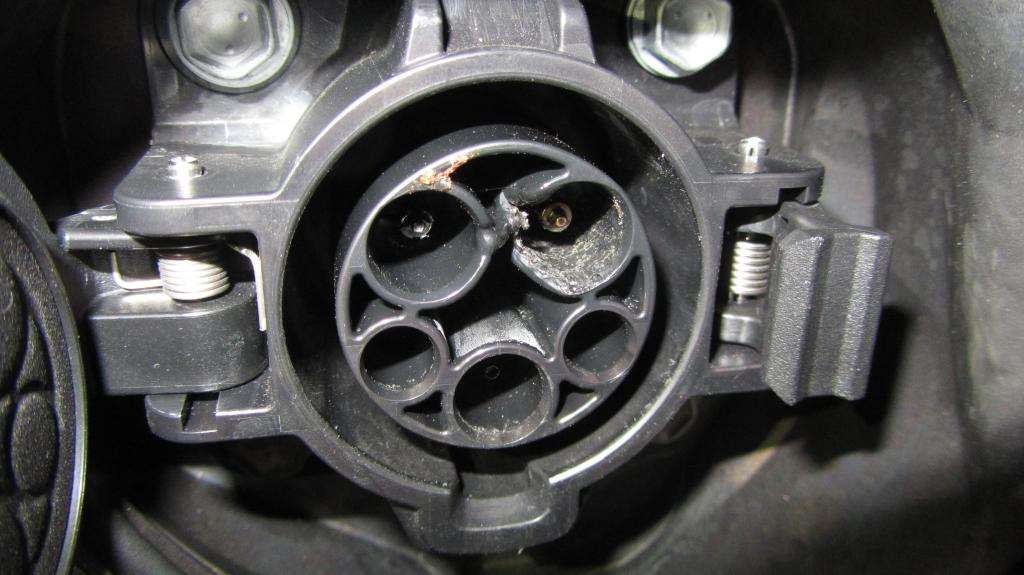
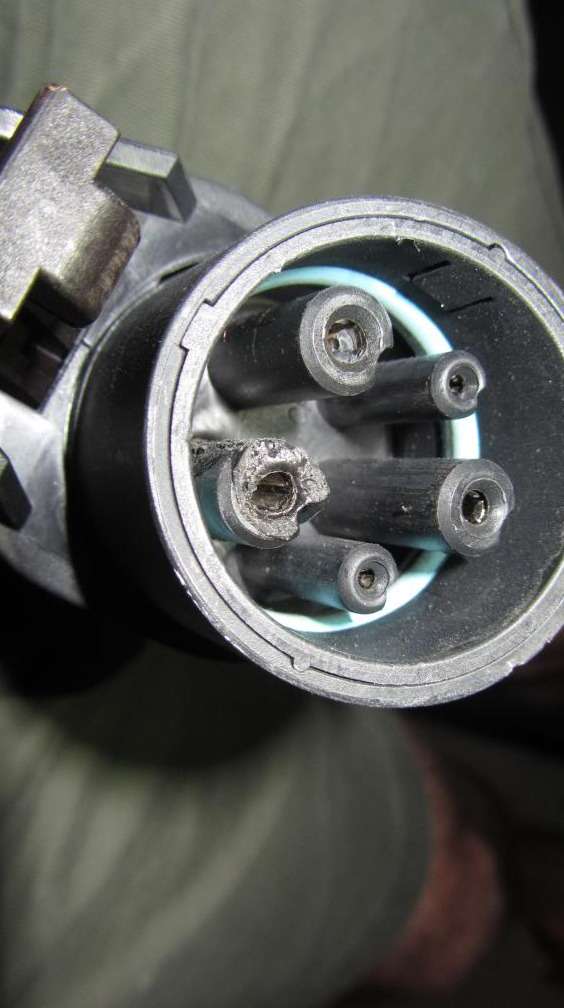
That's why i use copper grease on my Soul EV.
http://www.graisse-belleville.fr/graisse-au-cuivre/69-helios-seringue-20ml-3700118500504.html
I use this grease for long term solar storage battery at high current.
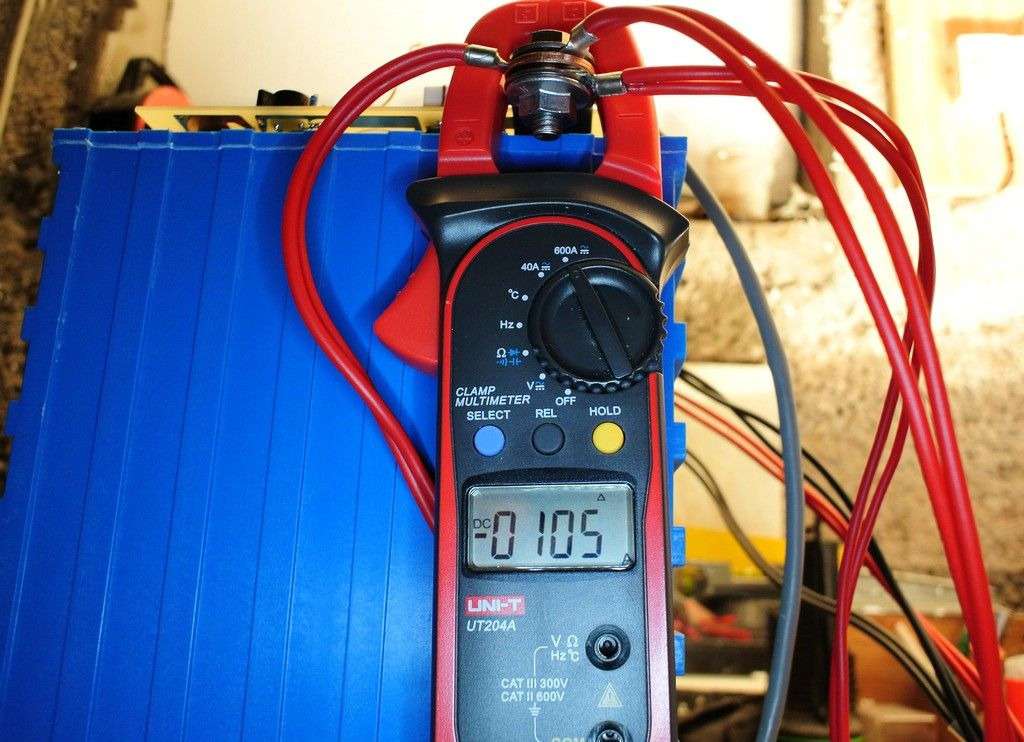
My connector is a 5 pin Type 1.Elmil said:Either the cable or the Type2 power outlet must be failing in providing the security it should. Can you check the resistance between PP and PE on the Type2 connector of the 16A cable. If it's around 680 ohms then the cable should be ok, but the outlet is ignoring the cable restriction. If it's 220 ohms the cable is bad.
The whole purpose of the PP/CP arrangement is to provide this type of checks to ensure safe operation.
The only cars here with the 7 pin Type 2 are the Renault SM3 (Fluence) and the Tesl a Mod el S
It is not just my cable and my E VSE that work like this.
All the local council offices have a Ray EV and a free L2 charging stand.
They tend to leave the 16A cable permanently in place.
There is a sign saying please don't remove the cable!
I live on an island where theft is incredibly rare. No one would ever steal a cable.
My local council office is next to the library and opposite a draft beer pub. I have frequently opportunity charged my Soul EV there.
It always takes the full 32A despite being a 16A cable.
Here's a photo of my Ray charging there. Had to cross park because the two adjacent spots are blocked.
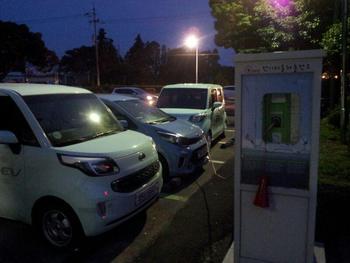

$10.39
Reserved Parking EV Electrical Vehicle Only Charging Station Aluminum Metal 8"x12" Sign Plate
YouShunJiXieSheBei

$45.99
Car Floor Mats for 2010-2020 Kia Soul. Rubber Car Floor Liners Set All Weather Protection Heavy Duty Black 3pc Pack
DONA REPLACEMENT PARTS

$45.99
Car Floor Mats for 2015-2019 Kia Soul EV. Rubber Car Floor Liners Set All Weather Protection Heavy Duty Black 3pc Pack
DONA REPLACEMENT PARTS

$6.96
Electric Vehicle Charging Station Reserved Spot with Graphic Alert Caution Warning Aluminum Metal Tin Sign Plate 6x8inch
haerbinshiqiuliangxinxizixunyouxiangongsi

$5.68
Electric Vehicle Charging Station Reserved Spot with Graphic Alert Caution Warning Aluminum Metal Tin Sign Plate 8"x12"
fuyangximanshangmaoyouxiangongsi

$4.69
Electric Vehicle Charging Station Tin Metal Signs Safety Sign Notice Sign Street Road Warning Sign Wall Decor 6"x8"
GuiZhouJueFeiShangMaoYouXianGongSi
-
Have been looking at the standards for charging cables.
The Mennekes system as used in Europe is very clear that there should be a resistor in the cable handle itself.
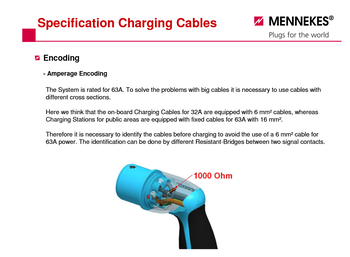
The J 1772 standard is much less clear on this.
I have looked at the J 1772 SAE spec - http://www.arb.ca.gov/msprog/zevprog/stakeholders/infrastructure/finalsaej1772.doc
I can't find reference to any resistors in the cable handle.
Here in Korea we have a 5 pin connector on both ends of the cable. I assume your cable is mixed. One 5 pin and one 7 pin.

The person who seems most informed on these issues is Tony Williams of Quick Charge Power
He has an interesting post here - https://teslamotorsclub.com/tmc/threads/tesla-model-s-umc-cut-open-and-modified-to-j1772.16783/
Have been looking at the standards for charging cables.
The Mennekes system as used in Europe is very clear that there should be a resistor in the cable handle itself.

The J 1772 standard is much less clear on this.
I have looked at the J 1772 SAE spec - http://www.arb.ca.gov/msprog/zevprog/stakeholders/infrastructure/finalsaej1772.doc
I can't find reference to any resistors in the cable handle.
Here in Korea we have a 5 pin connector on both ends of the cable. I assume your cable is mixed. One 5 pin and one 7 pin.

The person who seems most informed on these issues is Tony Williams of Quick Charge Power
He has an interesting post here - https://teslamotorsclub.com/tmc/threads/tesla-model-s-umc-cut-open-and-modified-to-j1772.16783/
-
Just saw this topic on the CanZe Forum - Resistors in charging cables
There is an interesting comment after this. You can manually select one of two charging currents by putting an additional resistor with switch in serial with the existing one. Or in my case if I added the missing resistor to the 16A cable, I would be able to charge my Soul EV at 16A. At the moment my E VSE gives out 32A regardless of which cable is inserted. In summer heat I may prefer to charge at the slower 16A. Takes longer and is less efficient, but I think it causes less stress on the battery.
Just saw this topic on the CanZe Forum - Resistors in charging cables
The AC charger cables have a resistor between protective earth (PE) and the proximity pin (PP) pin to indicate
that the plug is inserted
that the plug can therefore be locked (type 2 only)
the gauge of the cable, and thus the maximum current
Note that the PP pins are NOT wired through the cable. The most common resistor values and also those of your standard Renault cable are 220 ohms, corresponding to 6 mm2 and 32 amps continuous, and 680 ohm, corresponding to 2.5 mm2 and 20 amps continuous. These are per strand values and the power varies given the number of phases used.
These PP-PE resistors should be installed on both ends of the cable, which I had not realized before. Yesterday I helped a friend changing his home charger from a socket type to a fixed cable type, so that he didn’t have to get the cable from the trunk every evening. The cable came pre-wired with the resistor in the plug, but it didn’t work. Only when we installed a PP-PE resistor in the charger itself, indicating the cable was inserted on that end, the charger started the process. The other side effect is that if you measure the connectivity between the PP pins on your standard Renault cable, you’ll measure a confusing 440 ohms. That’s because both ends are wired to the ground lead with 220 ohm resistors.
There is an interesting comment after this. You can manually select one of two charging currents by putting an additional resistor with switch in serial with the existing one. Or in my case if I added the missing resistor to the 16A cable, I would be able to charge my Soul EV at 16A. At the moment my E VSE gives out 32A regardless of which cable is inserted. In summer heat I may prefer to charge at the slower 16A. Takes longer and is less efficient, but I think it causes less stress on the battery.
SK Rental took back my Ray EV today. They want to sell it because warranty has expired. They have given me an SM3 for the same price because they broke the contract early. Too expensive to fix out of warranty. Ray EV - 5 years old - 60,000km - 30% degradation

The SM3 only has 13,500km.
SK guy says tourists don't like it.
I'm happy. Have just downloaded the CANZE app. Will add a link here to any comments I make about the SM3 on the CANZE forum.

The SM3 only has 13,500km.
SK guy says tourists don't like it.
I'm happy. Have just downloaded the CANZE app. Will add a link here to any comments I make about the SM3 on the CANZE forum.
Similar threads
- Replies
- 29
- Views
- 4K
- Replies
- 0
- Views
- 345
- Replies
- 9
- Views
- 1K



































